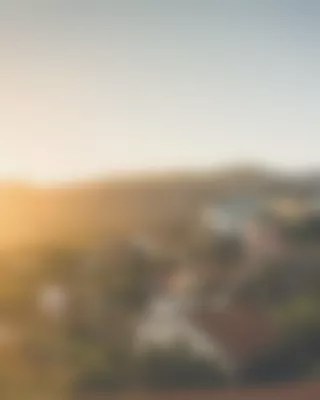- 3DOpen Sun 1PM-4PM
$980,000
4 Beds3 Baths3,904 SqFt12449 SW 55TH PL, Portland, OR 97219
Single Family Home
Listed by Ideal Real Estate

- 1/17 17Open Mon 4PM-6PM
$789,900
3 Beds2.1 Baths3,692 SqFt11220 NE OTTER DR, Newberg, OR 97132
Single Family Home
Listed by Keller Williams PDX Central

- 1/34 34Open Sun 1PM-4PM
$634,900
3 Beds2.1 Baths2,214 SqFt621 SALING DR E #94, Estacada, OR 97023
Single Family Home
Listed by John L. Scott Sandy

- 1/32 32Open Sun 12PM-2PM
$625,000
2 Beds1 Bath1,080 SqFt3299 DURLAND DR, Hood River, OR 97031
Single Family Home
Listed by Don Nunamaker

- 1/14 14Open Sun 11AM-2PM
$599,000
4 Beds3 Baths2,544 SqFt13465 NW MARSHALL ST, Portland, OR 97229
Single Family Home
Listed by Keller Williams PDX Central

OPERATING TEAM - Sam Densmore - Inhabit Real Estate
RECENTLY SOLD
- 1/11 11
sold
$350,000
4.9%$367,000
3 Beds1 Bath1,738 SqFt2758 SE 170TH AVE, Portland, OR 97236
Single Family Home
Listed by Keller Williams PDX Central

- 1/16 16
sold
$380,000
44.7%$550,000
3 Beds2 Baths1,645 SqFt2336 RICHARDSON RD, Myrtle Creek, OR 97457
Manufactured Home
Listed by Cascade Hasson Sotheby's International Realty

- 1/36 36
sold
$497,000
1.6%$505,000
3 Beds1 Bath1,679 SqFt3710 SE 68TH AVE, Portland, OR 97206
Single Family Home
Listed by Keller Williams PDX Central

EXPLORE OUR FEATURED AREAS

Mt. Tabor
Mt. Tabor
read more

Laurelhurst
Laurelhurst
read more

Irvington
Irvington
read more

Kerns
Kerns
read more

Lents
Lents
read more

St. Johns
St. Johns
read more

Montavilla
Montavilla
read more

Eugene
Eugene
read more

Corvallis
Corvallis
read more

Hillsboro
Hillsboro
read more

Beaverton
Beaverton
read more

Vancouver
Vancouver
read more

Portland
Portland
read more











